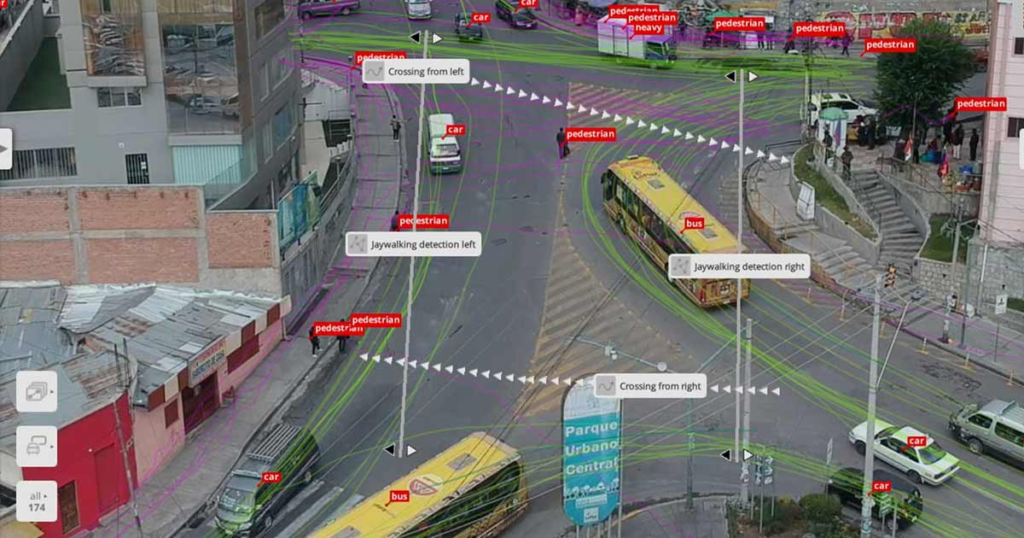Taiwan is taking a significant leap into the AI era with Foxconn and NVIDIA’s latest collaboration, building the island’s fastest AI supercomputer. The project, housed in Kaohsiung, is not just a boost for Foxconn’s operations but also a critical development for Taiwan’s AI and technological ambitions. Slated to become fully operational by 2026, this supercomputer—powered by NVIDIA’s new Blackwell architecture—will revolutionize various industries, from healthcare to smart cities.

Introduction
Foxconn, in collaboration with NVIDIA, is building Taiwan’s most advanced AI supercomputer, a major technological milestone for the country. This AI-driven infrastructure, powered by the latest Blackwell architecture, promises to place Taiwan at the forefront of global AI developments. The Foxconn AI Supercomputer in Taiwan is expected to offer over 90 exaflops of AI performance, positioning it as one of the fastest machines of its kind.
What Does the AI Supercomputer Mean for Taiwan?
The AI supercomputer is poised to advance critical sectors, from smart cities to healthcare. Taiwan’s government and tech industries are betting big on AI development, with this system expected to enable breakthroughs in cancer research, large language model training, and smart manufacturing. Foxconn’s AI supercomputer is more than just a data-crunching machine; it’s a game changer that will push forward AI-based innovations and economic growth.
How Will Foxconn’s AI Supercomputer Drive Smart Cities?

Foxconn’s supercomputer will act as the backbone of Taiwan’s smart city infrastructure. Using NVIDIA’s Omniverse platform and digital twin technology, it will help model and simulate urban environments, making city planning more efficient. Smart cities will enhance daily life through better traffic management, energy optimization, and AI-driven infrastructure improvements.
Criticisms and Challenges
While this project marks a technological leap, critics say the cost of building and maintaining it is a significant investment. Moreover, the dependency on NVIDIA for critical AI components could create concerns regarding long-term technological independence. Still, the benefits—such as improved healthcare, smart urban services, and AI-driven industries—could outweigh these drawbacks.
The Role of Foxconn in AI Evolution
As the world’s largest electronics manufacturer, Foxconn has always been a leader in tech innovation. This supercomputer solidifies Foxconn’s AI leadership, keeping it ahead in smart manufacturing and AI production methods. The Foxconn AI Supercomputer in Taiwan will also help the company implement robotic automation and enhance electric vehicle (EV) manufacturing, all powered by AI.
Conclusion
The Foxconn AI Supercomputer in Taiwan is a groundbreaking initiative that promises to revolutionize multiple industries. Foxconn’s success in AI hinges on addressing financial and operational challenges, but the potential is huge. As the project progresses toward full operation by 2026, the world will be watching Taiwan’s AI leadership grow.

